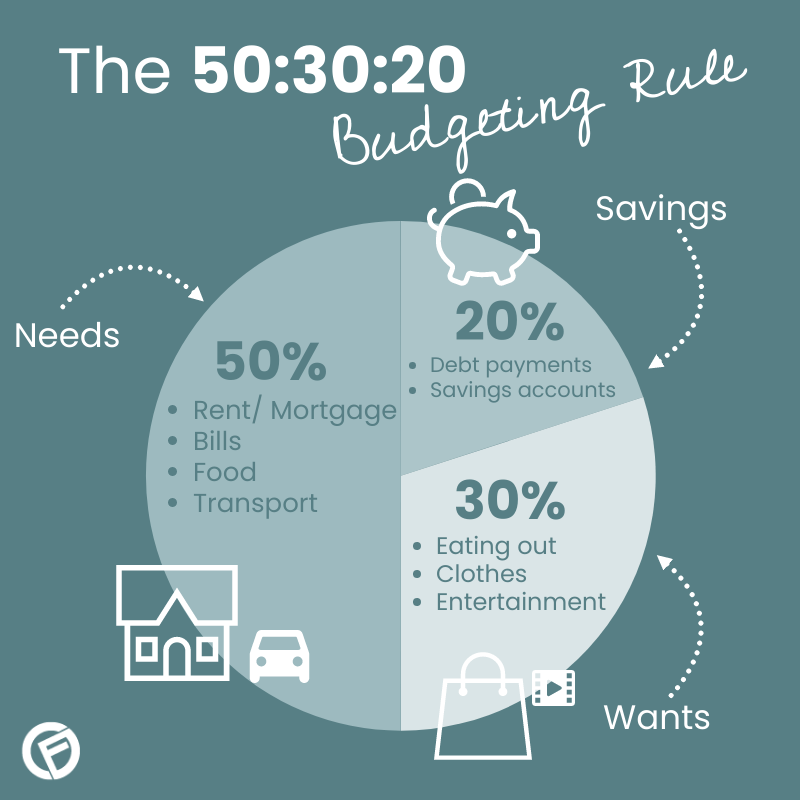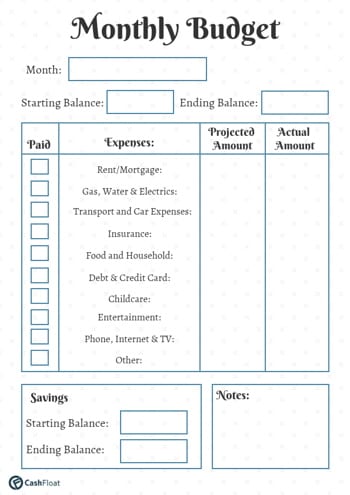Full Guide to Managing Family Finances – Chapter 12
Ever read some statistics about household budgets and spending and wondered what on earth it was going on about? This article explores in detail the meaning of the statistics about consumer spending. We also discuss how accurately – or not – they describe the actual spending of different households.

Making sense of the statistics
Statistics are gathered and published by the Office of National Statistics.
They report on household spend, income and debt, with a lag in reporting, so data covering April 2020 to March 2021 was released in July 2022. But what does the ONS mean by ‘household’?
They define ‘household’ as ‘one person living alone, or a group of people (not necessarily related) living at the same address who share cooking facilities and share a living room, sitting room or dining area’. So they are really talking about an address, and a household may be one person, or a family of five. It may be helpful to bear this in mind when comparing your spend and your budget.
During the first year of the pandemic, the average weekly expenditure for a household dropped from £587.90 to £481.50. This expenditure includes household bills, travel, food, clothes and leisure costs.
How much do we spend on food?
The ONS reports that a household spent £69.20 a week on food and non-alcoholic drinks in 2020/21. However, at the time of writing, the rising cost of food is key in driving high rates of inflation. Bloomberg reports a 6% rise in prices in the first six months of 2022.
The ONS also reports, and much more frequently, on inflation and prices indices, establishing that food and non-alcoholic beverage prices rose by 9.8% in the year to June 2022. The Consumer Prices Index, which includes food and many other factors, rose 8.2% in the same time period.
Higher food prices puts pressure on lower-income families in particular, increasing the need for cash advance loans.
Consumer spend on transport
During the pandemic, households spent 25% less on transport, and a total of £60.80 a week, and 13% of their income. Some of a household’s total travel cost is on commuting. A TotalJobs survey of more than 6,400 Londoners across five years pegged the average London commuter’s travel cost at £104 a month. An older, 2019 survey of 2,000 UK workers found an average cost of £1,738 a year, and changes in working practices after the pandemic is likely to reduce this number.
There is no doubt that costs for transport to and from work have increased. In March 2022, rail fares in England and Wales were set to rise by up to 3.8%.

Regional differences
Families in some parts of the UK are spending more than others. For example, English households spend more than households in Wales, Scotland and Ireland.
Statistica’s 2020 reporting shows that while the average household expenditure for the UK was £585.20 a week, there are differences at regional level. In London, average household expenditure was £703.10 a week. In the North East, it was £499.30, in Wales it was £513, and in Ireland it was £486.40 a week.
ONS reported £45.50 a week spend on recreation and culture. These include things like cinema tickets, books, newspapers and meals out and even include the cost of buying and keeping a pet. While we all need recreational activities, the fact that this expense is so high on the list may mean that those families relying on personal loans and credit cards.
We think you’ll enjoy these articles too:
Mold Removal Tips to Save You Money
Children’s Savings Accounts

Chapter 11:
Financial difficulties families may face

Chapter 13:
How to make a budget for the new year



